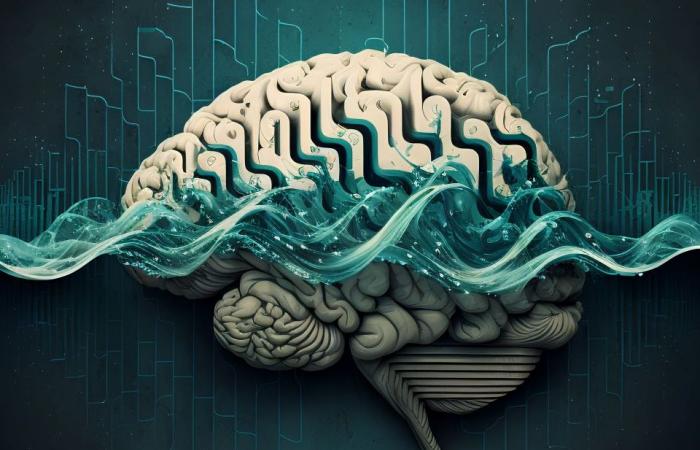About four percent of people suffering from a traumatic brain injury develop epilepsy within ten years, and in most cases, during the first year after the injury. While it is a small segment of the population, detect the condition …
About four percent of people suffering from Traumatic brain injury develop epilepsy within ten yearsand in most cases, during the First year after injury. While it is a small segment of the population, detecting the condition is important, since it affects both the quality of life and survival. This follows from a recent work done by members of the University of Gothenburg (Sweden) indicating that the risk of developing epilepsy is greater in the first year after the injury and increases with the seriousness of the injury.
The author, Markus Karlander, Doctoral student at the University of Gothenburg and Neurologist at Södra älvsborg hospital in Boråshe said, in this regard, that “We observe a clear difference in survival between those who develop epilepsy after a brain injury and those who do not suggest that epilepsy itself could be a contributing factor.”
The study includes data that show that people with a head trauma (TCE) had a 4.0 % risk of developing epilepsy within ten years. The risk increased to 12.9 % after the most serious TCE. Acute symptomatic seizures were an important risk factor. The risk of recurring seizures after a first post -traumatic seizure increased with the seriousness of the TCE and increased even more if the first seizure occurred
-According to study data, The risk of death during the monitoring period was 1.8 times higher in people who developed epilepsy After a brain injury compared to those that did not develop it, even taking into account the seriousness of the injury. While it is a small segment of the population that can be affected, detecting the injury is important, since both the quality of life and survival affects.
As recommended in this study, In most cases, posttraumatic epilepsy (TEP) must be diagnosed after two non -provoked epileptic seizuressimilar to epilepsy without previous brain injury.
The results also emphasize the Need for adequate attention to epilepsy and rehabilitation after trauma. This can contribute to more reliable diagnoses, improve attention and establish clearer forecasts for people at risk of developing epilepsy after a brain injury. “It is necessary that the neurology departments carry out a monitoring of the people who have suffered epileptic crises after a cranioecephalic trauma to ensure that a correct diagnosis can be made on time and the proper treatment can be initiated, ” Markus Karlander concluded.
Continue reading






